Gifts For Bird Lovers, Birders and Birdies To Attract More Feathered Friends To Your Yard!
If you’re looking to bring more birdies to your garden, these gifts for bird lovers should definitely be on your wish list. Grab some avian attractions to get your gardens all aflutter
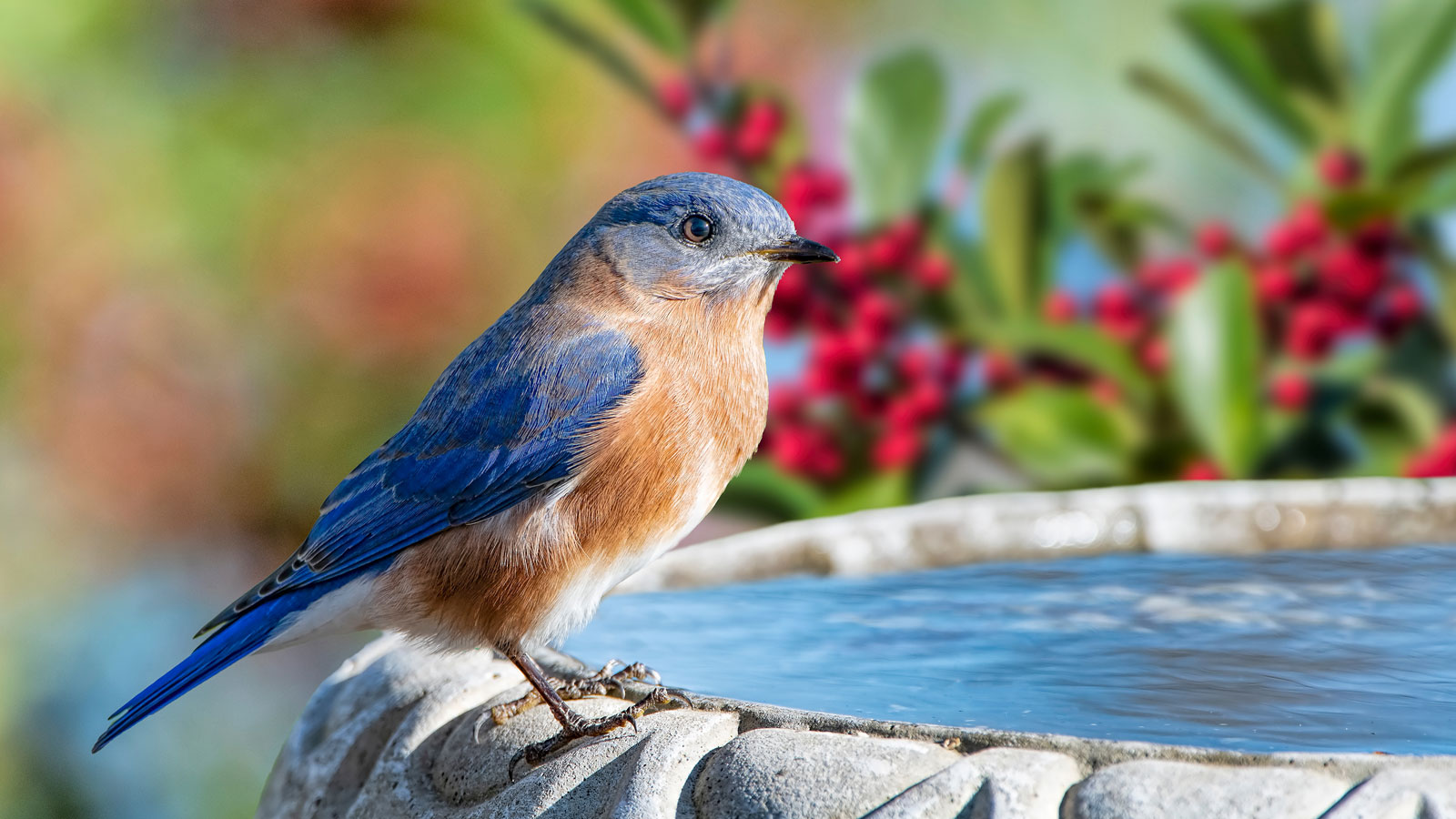

For anyone who loves spotting birds in their garden, caring for them is a year-long pursuit. At gift-giving season, the attention turns (briefly!) to treating those of us who love our birdies. Finding the right gifts for bird lovers relies on tapping into that passion – allowing enthusiasts to enjoy bird visitors, finding ways to attract more birds to the garden, and providing food and shelter to keep them coming back for more. Just as birds have different needs through the gardening calendar year, so too will bird lovers – so it pays to cover all the bases.
Whether that’s feeding young birds in spring or keeping adults going through winter months, the perfect gift ideas for bird lovers need to be compelling, reliable and memorable. So if you’re considering the best gifts for gardeners and you know someone with a soft spot for winged wildlife, this roundup is sure to attract more birds to your garden. Most of these products can be found at our Gardening Know How Shop and have been sourced from trusted vendors. Read on for our pick of unique gifts for bird lovers that are sure to help you keep your feathered friends happy during the holidays – and beyond!
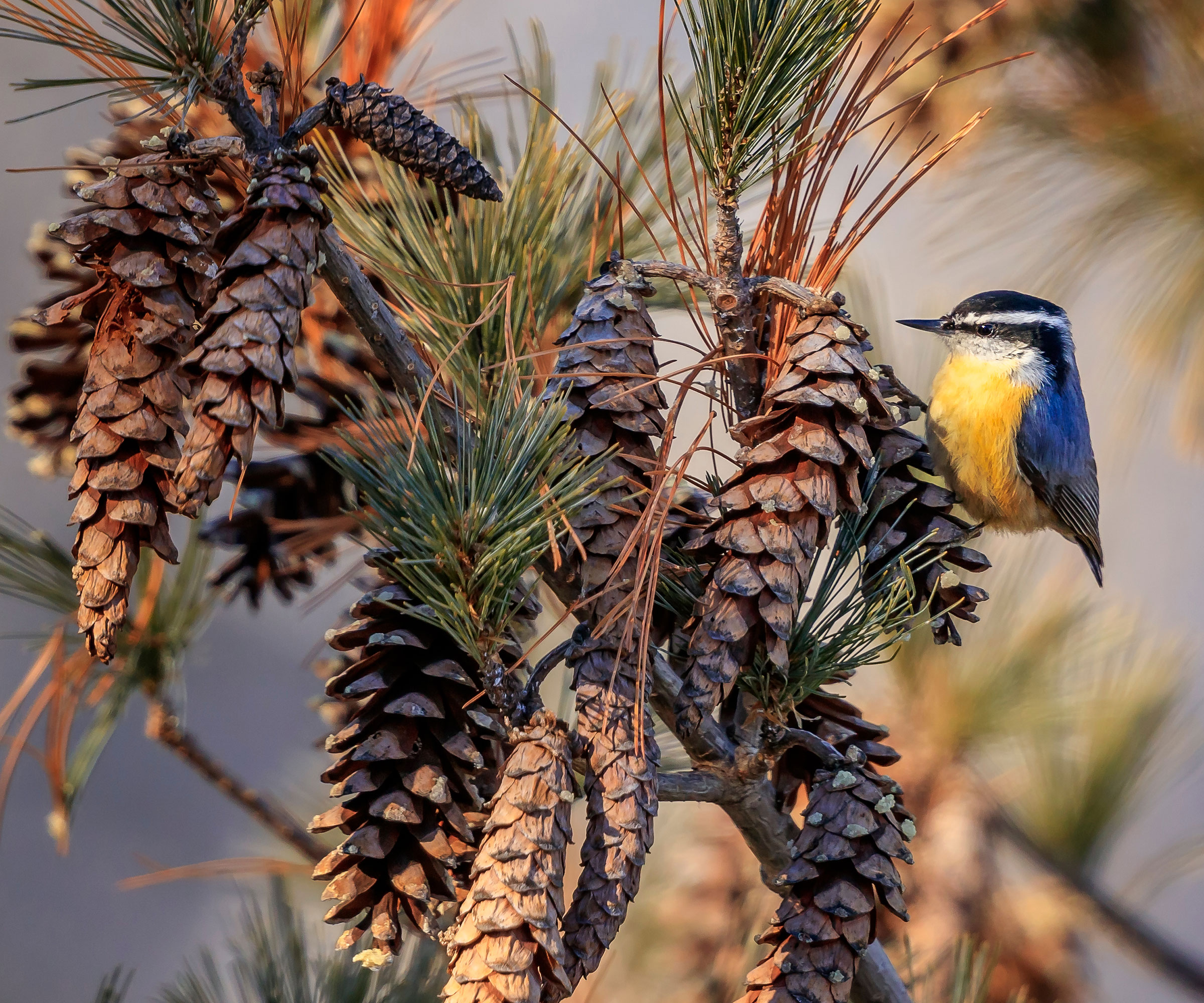
Choosing the Best Gifts for Bird Lovers
Gifting the bird lovers in your life – or the birds in your garden – couldn’t be easier, with the help of our curated gift selections (plus one that you can make yourself). These products will help in your quest to attract birds to your garden, keeping them happy once they arrive, and encouraging their frequent return. Use them to help create a bird sanctuary that will be the envy of the neighborhood. This roundup of birdie gifts includes ingenious and eco-friendly options for hummingbirds. You'll also find stunning flowering and fruiting options, and cover for resting and nesting birds. So go on, grab a gift for bird lovers – guaranteed to get your garden all aflutter!
1. Hanging Hummingbird Feeder
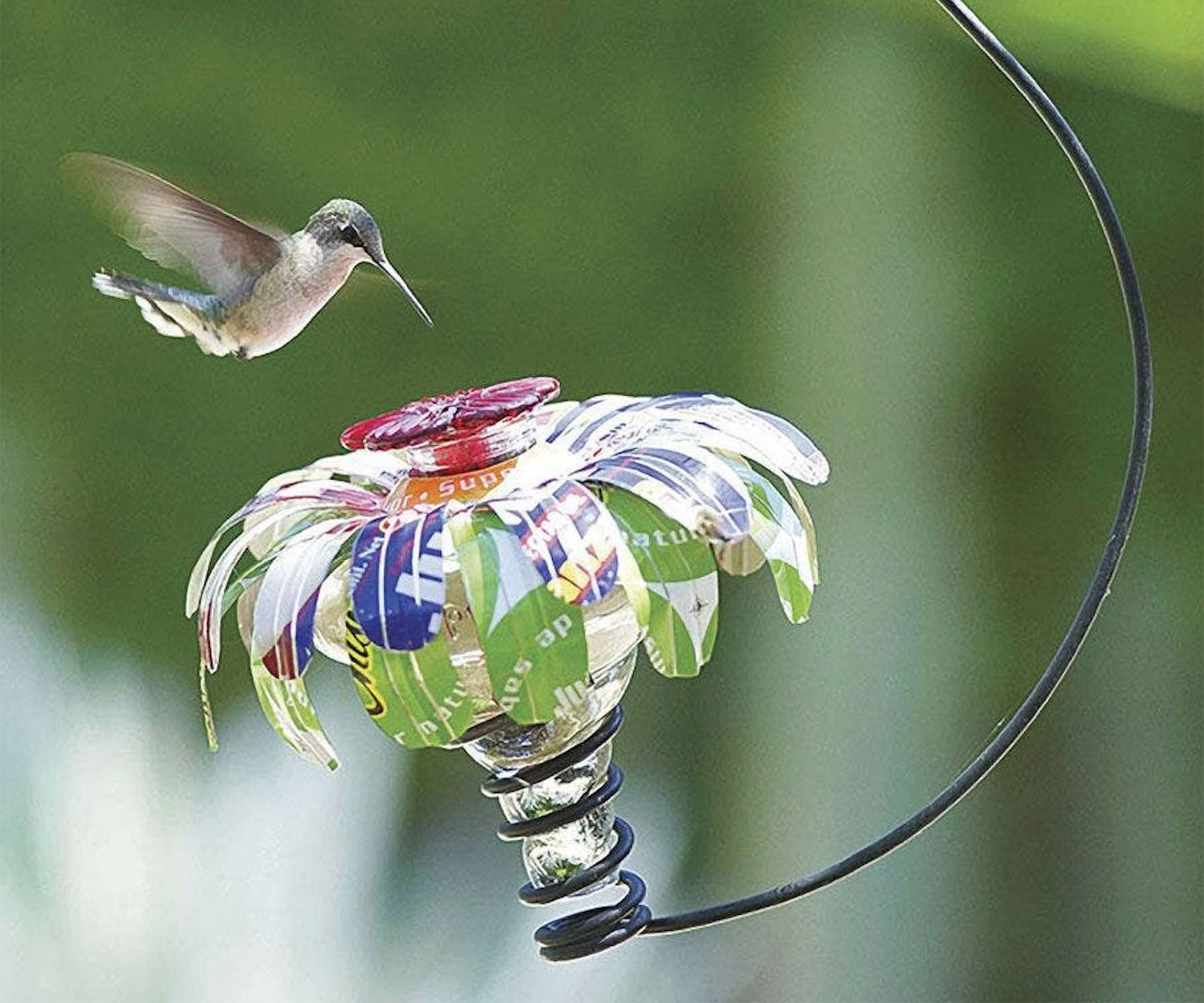
The thing with hummingbirds is that they are… well, hypnotic to watch. They are also hungry – very hungry. While they are tiny, they need to feed a lot to satisfy their high metabolisms, consuming half their body weight in nectar and bugs every day. To that end, the Sugar Shack Hanging Hummingbird Feeder from Wayside Gardens is a brilliantly innovative twist on a classic idea, giving these beguiling creatures the means to feed on a unique floral form.
These feeders make unique gifts for birders, as the central flower is repurposed from old cans, making it super-chic for upcycling fans as well as eco-friendly bird lovers. It is also thoughtfully designed so the nectar doesn’t spoil in the sun. Gracefully held in place on an arching support, each feeder is different – making these hummingbird-friendly beauties a work of art. Hang them in a quiet border or against a window, then sit back and enjoy the show.
2. Trumpet Honeysuckle
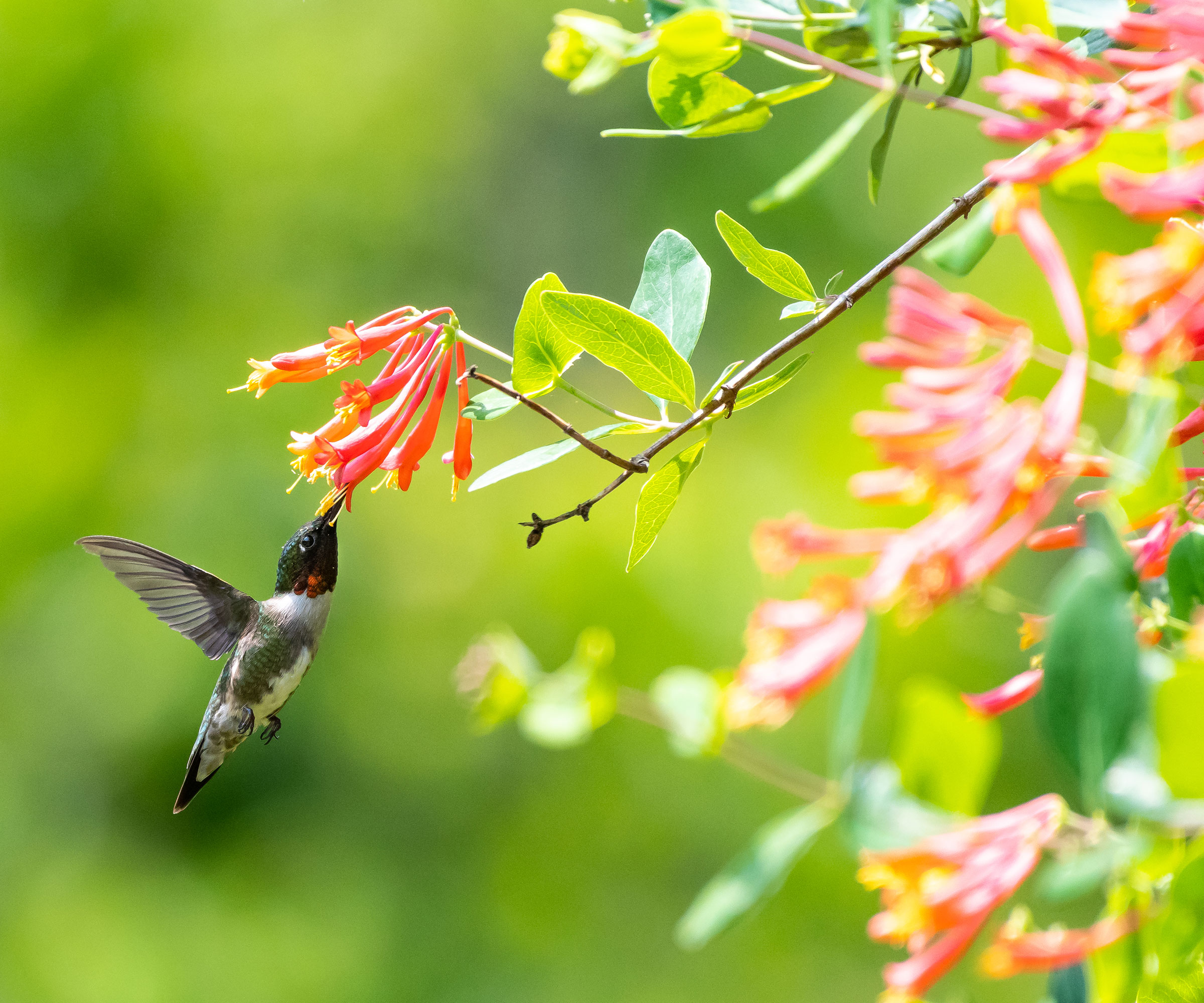
Sound the fanfares! This gorgeous vine not only serves as a striking counterpoint for a garden fence, gate or trellis, with its cascading blooms – it also delights and nourishes visiting hummingbirds, purple finches and hermit thrushes. Trumpet honeysuckle vine (Lonicera sempervirens) bursts forth with a veritable carpet of bright orangey red tubular flowers which make the perfect drinking cups for hummingbirds swooping in for nectar.
Flowering from late May through summer, this jubilant display of bird-friendly blooms also exudes a delectable honeysuckle fragrance. Plant Major Wheeler honeysuckle from Green Promise Farms in a sunny or partially shady spot in your garden, and you’re also likely to see robins and Baltimore orioles popping by for breakfast. Blackbirds might even be spotted nabbing loose bark from this shrub for nests. All in all, trumpet honeysuckles make dazzling floral gifts for bird enthusiasts.
Sign up for the Gardening Know How newsletter today and receive a free copy of our e-book "How to Grow Delicious Tomatoes".
3. Suction Cup Hummingbird Feeder
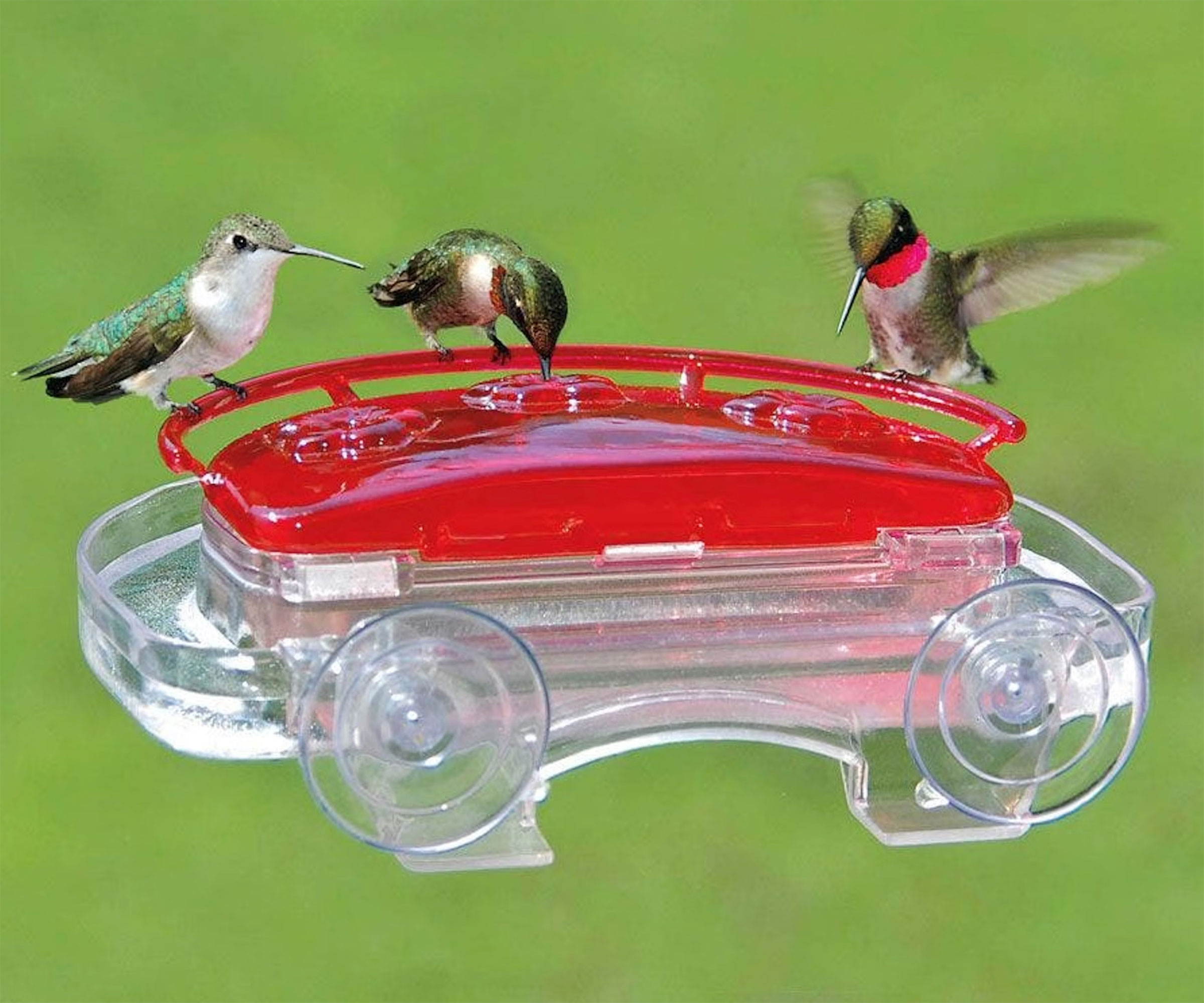
Catching a glimpse of hummingbirds can sometimes feel like an elusive pastime, but you’ll greatly increase your chances of spotting one mid-meal if you position one of these feeders against the strategically placed window of your choice. Thanks to their suction cups, the Jewel Box Hummingbird Feeder from Wayside Gardens brings you right up close to the center of the action, allowing you a front-row seat for an unforgettable show.
You’ll feel like you’ve wandered into your own nature documentary as your inquisitive bird visitors drop in for their nectar refills. One of the most jaw-dropping gifts for bird watchers who are after close encounters with their favorite creatures, this feeder holds eight ounces of nectar in three ports, and can support several hummers at a time on its sturdy perches. The Jewel Box is also fitted with an ant moat to keep pests at bay. It’s safe, it’s comfy for birdies, and it’s topped in bright red (the hummer’s fave color). Made of light, durable polycarbonate, it’s also resilient enough to see out many seasons of quintessential birdie action.
4. Virginia Creeper
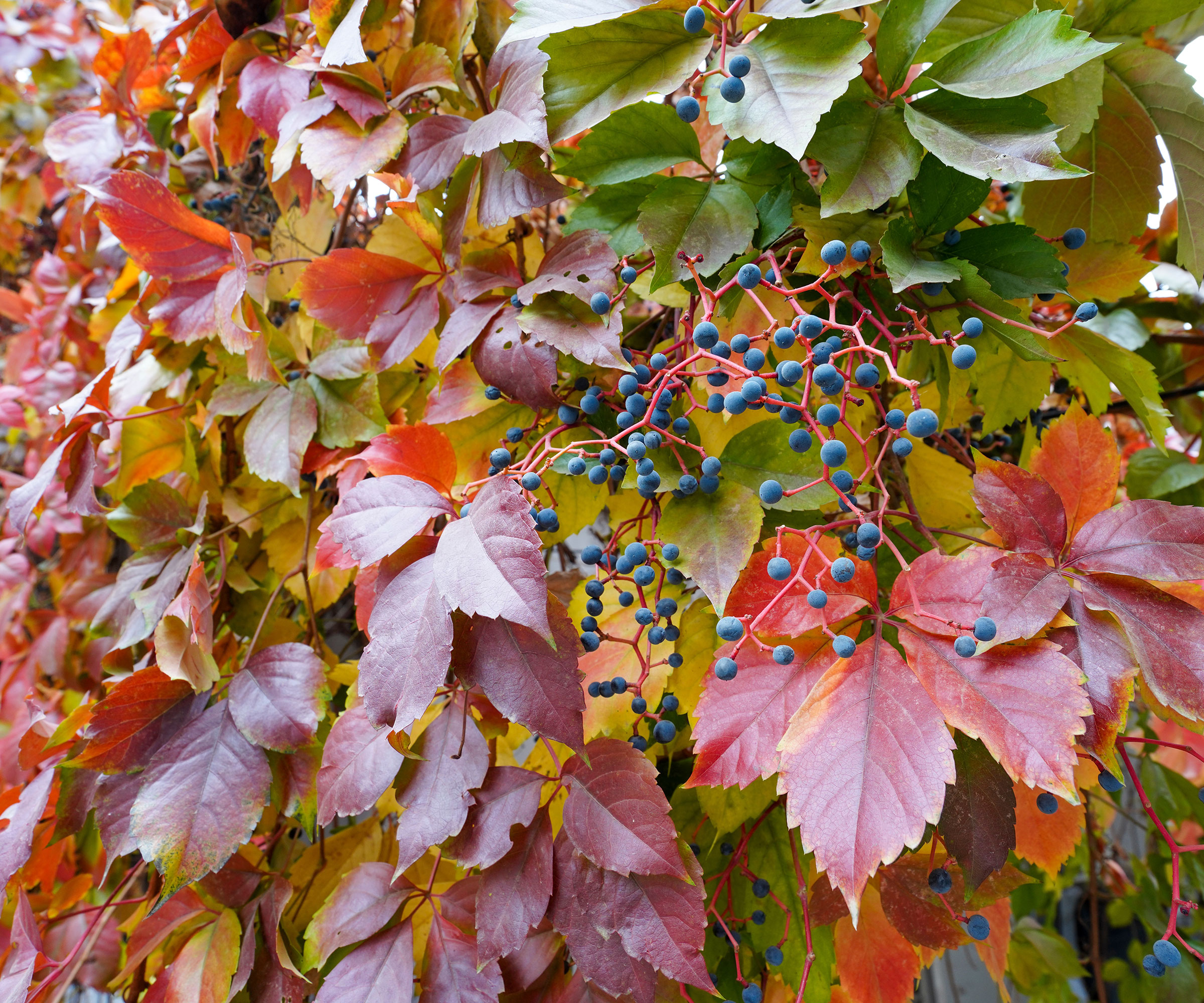
One of the most extraordinary features of a Virginia creeper (Parthenocissus quinquefolia) is its vibrant fall display, emblazoned with crimson red hues. Grown against a trellis or wall, its palmate foliage creates a visually stunning effect. However, it’s the rich purple-blue berries that bring all the birds to the yard in colder months. The fruits are a magnet for nuthatches, bluejays, woodpeckers, eastern bluebirds, robins, chickadees, warblers and mockingbirds.
Because this creeper is also attractive to moth caterpillars, it provides another invaluable food source for countless bird species. Growing a Green Promise Farms Parthenocissus Quinquefolia, available from the Gardening Know How Shop, also helps birdies in search of nesting material. Plus, its canopy of finely carpeted leaves provides a discreet hiding place for birds in need of shelter. Being such a highly sought-after shrub for birds is a great arrangement for the Virginia creeper – since the berry seeds get consumed and ultimately distributed far and wide, you’ll likely end up with more colorful plants popping up nearby!
5. Hummingbird Garden Kit
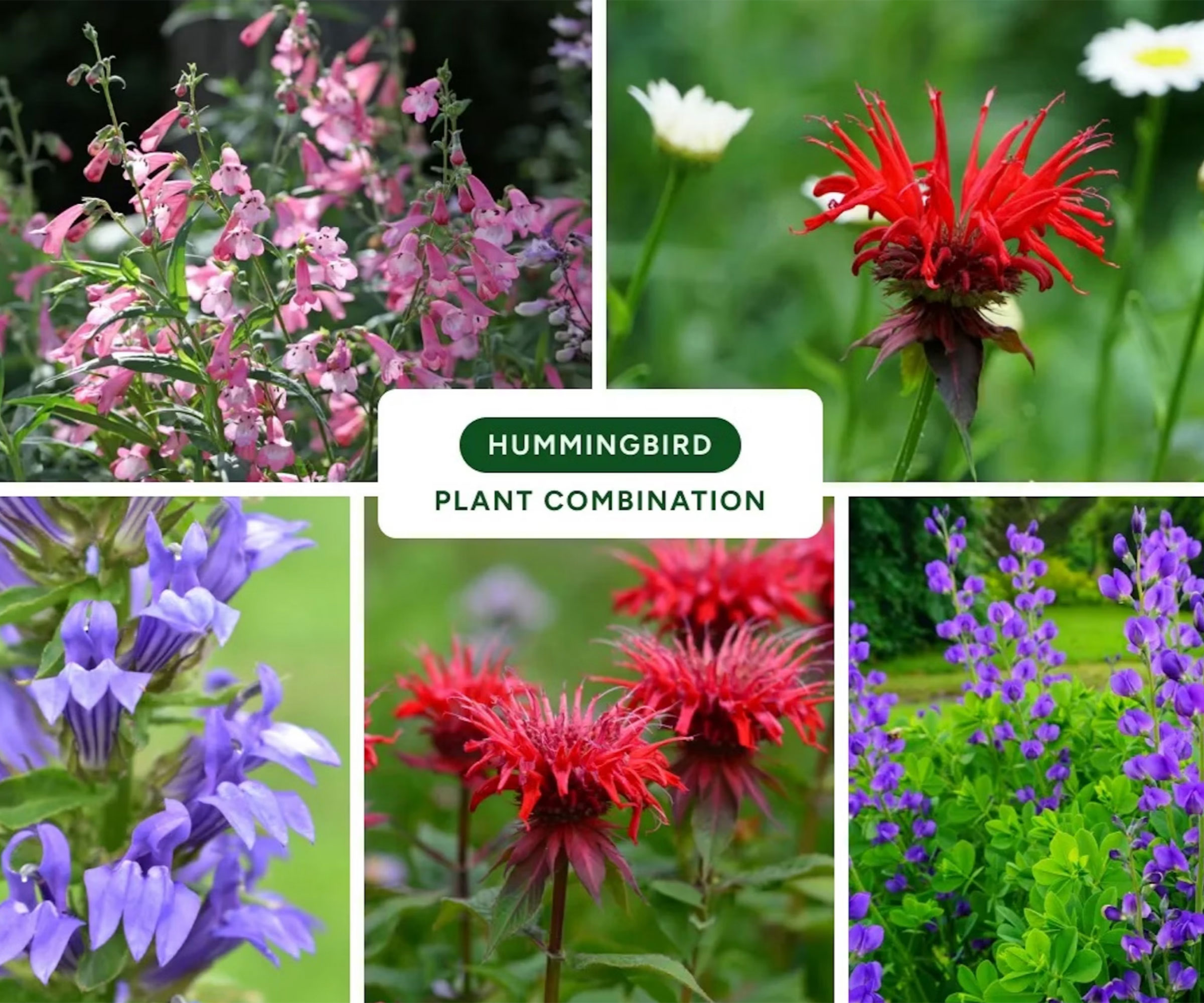
Yes, it’s another hummingbird gift. You could say this one’s a bit like a hummingbird hamper, since it comes with lots of individual treats tucked inside. This Plant By Number experience is one of several carefully curated to take the hassle out of planning a flower patch. A garden map marks out each hummingbird-friendly plant, in an arrangement that ensures maximum wow factor and the ultimate dining experience for your birdie pals.
Designed for a five by eight feet (1.5 x 2.5m) gardening space, this map (made with a cool weed-blocking fabric) comes with specially selected flowering plants that hummers adore. The Native Hummingbird Garden Kit by Plant By Number includes ‘Raspberry Wine’ and ‘Pardon My Cerise’ bee balms for the hot shades hummingbirds can’t resist – offset with softer ‘Dakota Burgundy’ penstemons plus blue false indigo and blue cardinal flowers. This is one of the most comprehensive bird gifts for bird lovers, ideal in USDA zones 5a-8b.
6. Viburnum ‘Winterthur’
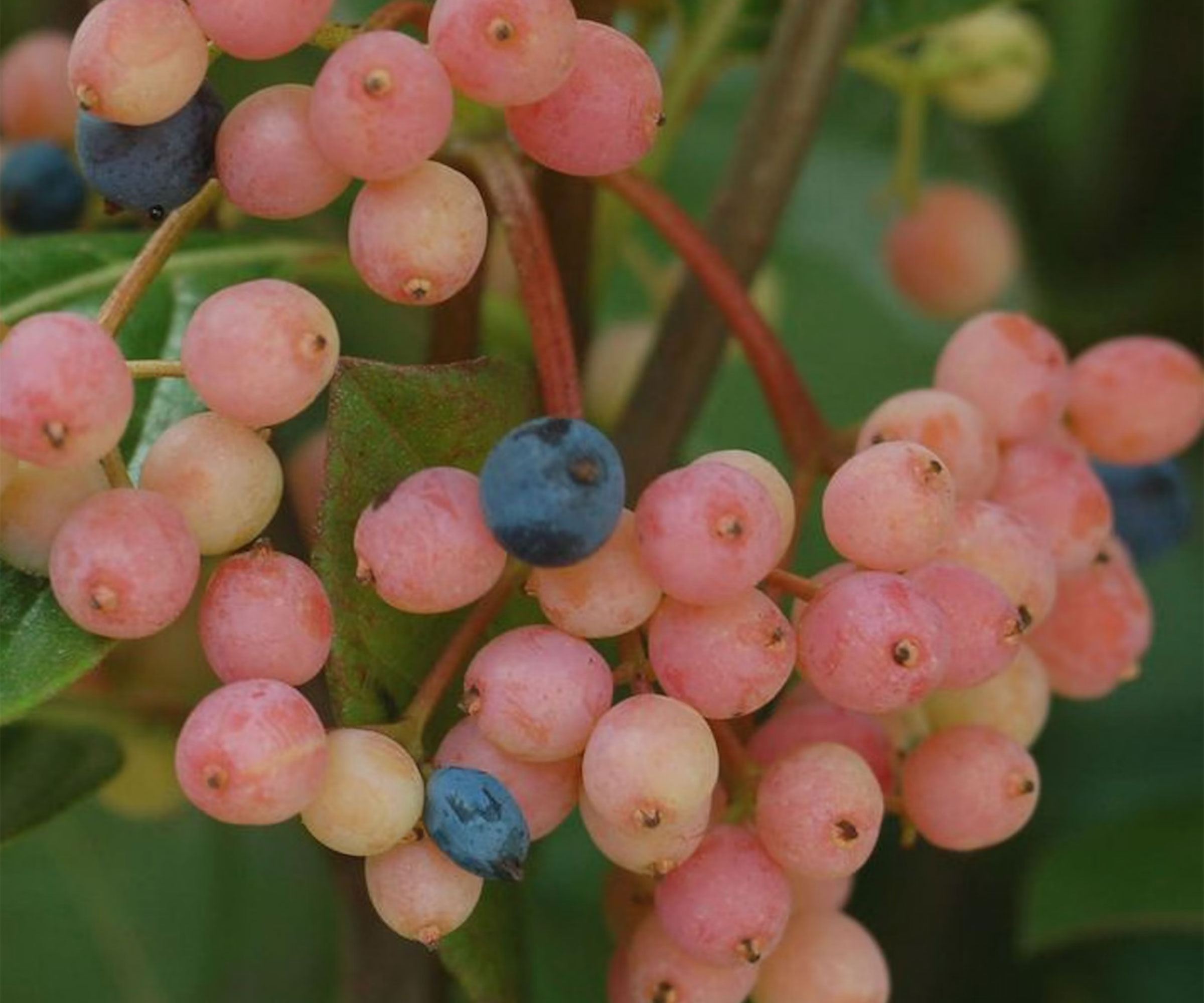
Beautifully berried ‘Winterthur’ is a visual treat for keen bird-lovers simply by merit of its lush medley of pink-to-blue-to-deep purple fruits. Not only are these berries a charming diversion for us gardeners in late summer and early fall, they are a key source of nourishment for cardinals, bluebirds, thrushes, waxwings and northern mockingbirds, to name a few. The fragrant white blooms in April-May also attract hummingbirds.
Added to which, the glossy leaves of Winterthur, available in the Gardening Know How Shop, create a sweet canopy for resting and nesting birdies, especially smaller avian visitors. Also known as smooth witherod, this viburnum will immediately ramp up the birdie factor in your yard or garden. Thrives in USDA zones 5-9, this compact form can reach six feet. This shrub is great in a hedge planting or shrub border, and because it’s a moisture-lover, it also does well in moist soils. Oh, and the leaves look gorgeous in the fall.
7. Novelty Homemade Fat Balls
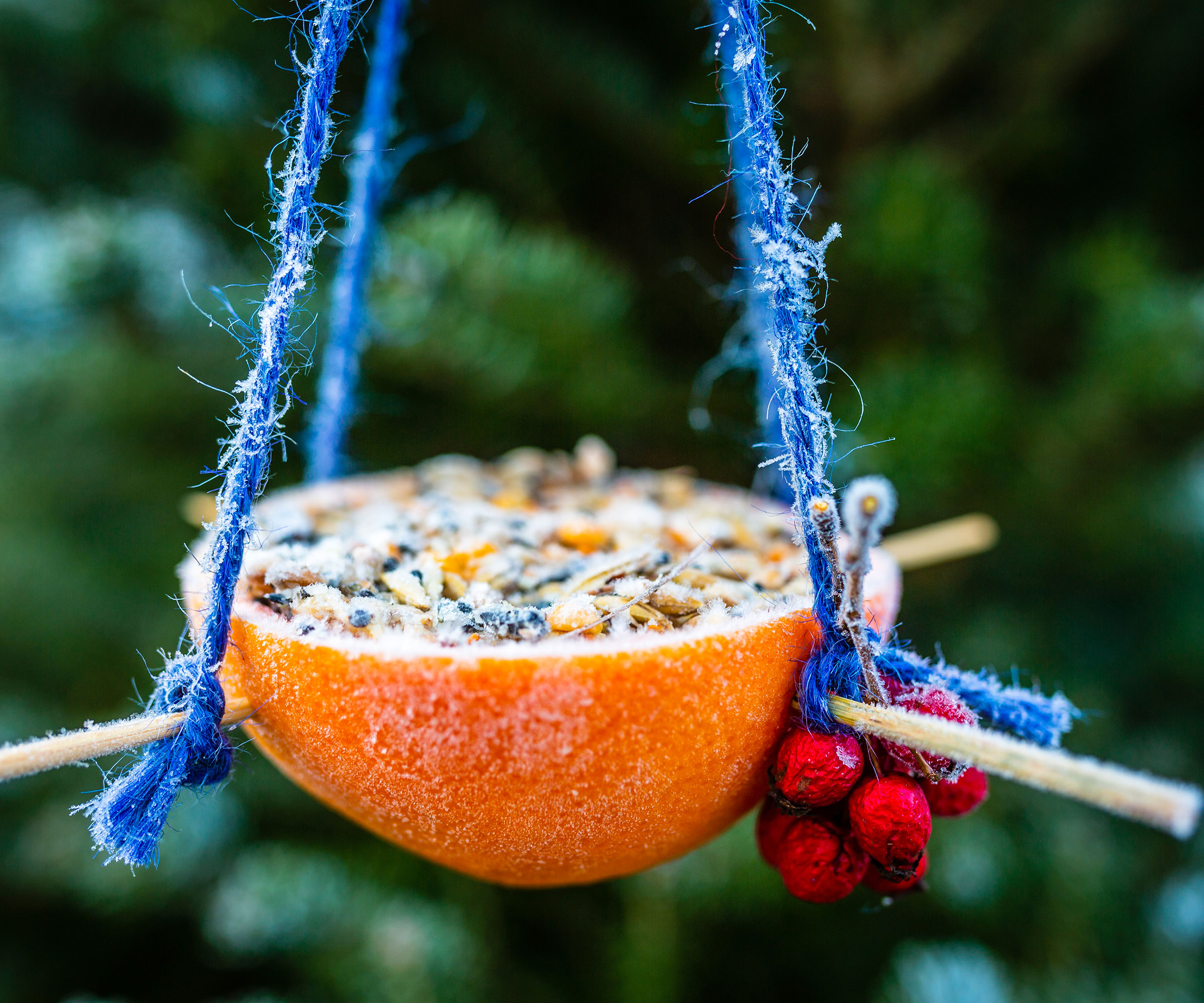
Call this one the ultimate stocking stuffer for bird lovers! Specially made birdie balls (or cakes or blocks, if that’s your preference) are a fun way to increase food supplies in your garden. Depending on where you position your bird balls, you can also have a great time observing your feathered guests as they peck and swing. DIY fat balls tend to deploy suet or lard as the main binder, alongside seeds and select nuts, fruits and even mealworms. Many seeds can be gathered from seedheads kept aside at the end of the flowering season, topped up with unsalted nuts (peanuts are popular), dried apple chunks and mixed berries. Black oil sunflower seeds are especially popular, and nyjer seeds will also be wolfed up.
Heat the binding agent and dried ingredients (chopped to your preference), then shape, and cool in the fridge. As a general rule, the ratio of fat to dry mix (seeds, nuts and fruit) should be two to one. Don’t be afraid to experiment with shapes, using coconut shell halves or dried orange peel halves to add color and interest (and support to birds), plus some tasteful twine or rope to link balls or attach shells to trees, fences, and so on. If you are gifting your birdie balls, don’t forget gift bags or homemade stockings and ribbons for those finishing touches.
Frequently Asked Questions
What are the Best Shrubs for Birds?
The best bird-friendly shrubs will at least service their need for year-round food supplies, particularly heading into the fall and winter months. Dogwoods like Cornus ‘Firedance’, available to buy in the Gardening Know How Shop, are an excellent source of autumn berries for waxwings, cardinals and woodpeckers. Serviceberries, elderberries and chokeberries are similarly fruitful. You might also like to consider the need for shelter and nesting options: try firethorns (pyracantha), cotoneaster and holly. It’s always worth incorporating common or unusual evergreens to bolster your bird-friendly garden credentials.
What are the Best Flowering Plants to Grow for Birds?
Depends on the birds! Bee balm is great for hummingbirds on account of its rich source of nectar and easily accessible tubular flowers. Zinnia are also alluring to hummingbirds and cardinals, thanks in part to their rich color schemes. As they go to seed, liatris are popular with goldfinches. Coneflowers like Echinacea ‘Cheyenne Spirit’, available in the Gardening Know How Shop, also become a rich source of winter food for finches and other birds. And every bird-loving plot should make room for sunflowers, thanks to their massive seedheads containing an excellent naturally high oil content into the latter months of the calendar year.
This article features products available from third party vendors on the Gardening Know How Shop.

Janey is a former assistant editor of the UK’s oldest gardening magazine, Amateur Gardening, where she worked for five years. For the last few years, she has also been writing and editing content for digital gardening brands GardeningEtc and Homes & Gardens. She’s taken part in a range of conservation and rewilding projects for the Royal Horticultural Society (RHS) and the British Trust for Conservation Volunteers (BTCV) as a way of exploring her horticultural horizons. She is currently undertaking her RHS Level 2 certificate in The Principles of Plant Growth and Development.
